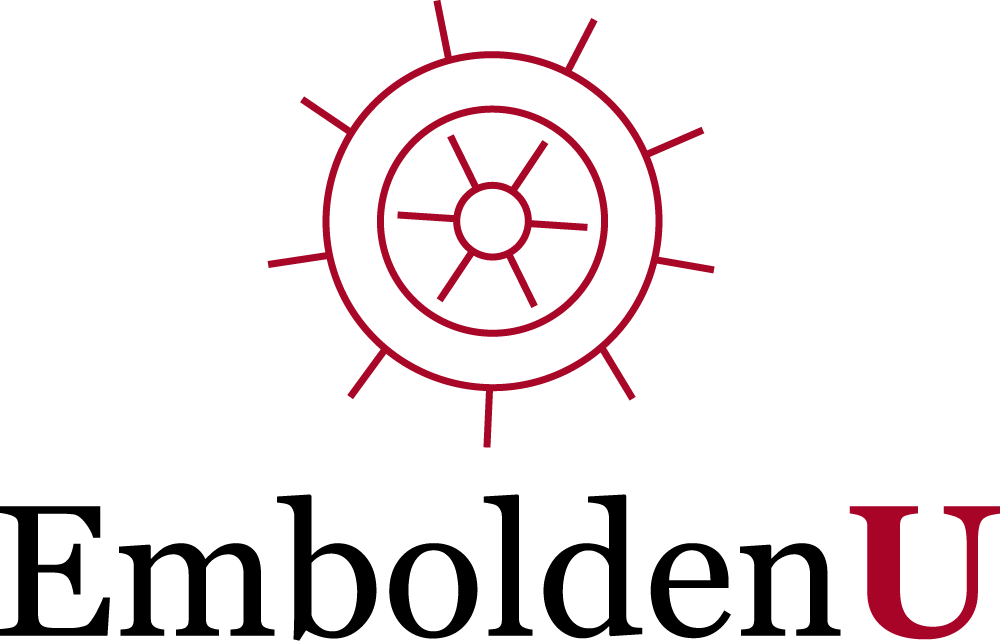25 Feb What Does it Mean to Create Wholeheartedly?
Wholeheartedness
Adjective
- showing or characterized by complete enthusiasm, sincerity, and commitment.
Enthusiasm comes from the ancient Greek word En “in” and Theos “spirit.” To be enthusiastic means then “to have an indwelling of spirit” or in ancient Greece, to be “possessed by the essence of gods or goddesses.”
 Often, one sees this enthusiastic spirit in newlyweds, parents of newborns, award winners, giddy children, and anyone who has just fallen in love. Wouldn’t it be great to feel this way all the time? Actually, we would be overrun with stress hormones (adrenaline and cortisol) and it wouldn’t be that great!
Often, one sees this enthusiastic spirit in newlyweds, parents of newborns, award winners, giddy children, and anyone who has just fallen in love. Wouldn’t it be great to feel this way all the time? Actually, we would be overrun with stress hormones (adrenaline and cortisol) and it wouldn’t be that great!
I use the term wholehearted to mean “an enthusiastic commitment to practice what we say matters.” From my experience working with creative clarity clients, wholeheartedness happens by engaging body, mind, and spirit as we risk expressing ourselves.
When we make creative expression habits and priorities and effectively set boundaries to focus on them, we experience tangible shifts.
I experience creative courage when I let myself get quiet, listen, reflect, daydream and trust that what emerges craves expression. Like a cliff diver, I have to jump in, and, just as predictably, I will come up for air. The same is true of what I might create and share with others. Jump in and watch what bubbles up to the surface.
But first things first on the path to creative clarity, we need to understand our framework for living.

Alice Walker
You might be wondering: Must I be healthy to be a powerful creative? What happens when I’m not grounded and try to create from there? After all, haven’t all great writers, playwrights, artists, moviemakers, and musicians been extremists, mentally ill, or addicted to drugs or alcohol? That doesn’t seem very healthy? Think of Nina Simone, Billie Holiday, Chet Baker, Ernest Hemingway, Friedrich Nietzsche, Sylvia Plath, Djuna Barnes, F. Scott Fitzgerald, and Van Gogh? They are hardly the epitome of wholehearted wellness.
My response? Recall the grim ways their lives ended. Suicides, alcoholic cirrhosis of the liver, syphilis, and drug overdoses. Who knows how much more they would have offered the world without the mood-altering chemicals coming from the outside in and, for some, the inside out. Still, there’s no utility in thinking some pristine brain chemistry could or would make one a more prolific and powerful creator. What we have from them is wonderful.

Christof Niemann
By learning from other artists and writers, making space for expression is important. If we can ground ourselves, we can bring focused attention to whatever it is we are creating. Such attention gives potency to what we do.
Look at the work of New Yorker Magazine illustrator and visual storyteller Christoph Niemann. His commitment to giving one-pointed attention to his creative process has produced an extraordinary body of work.
If we could clear away the wreckage of noisy beliefs that say I lack talent or I’m not a creative person, what might we discover? Quieting our minds, ironically, lays the ground for creative fruition.
What if our meditation practice was not so much staring at a candle but, instead, giving full attention to the blank page?
Five days a week, like a job, Niemann works from 9:00 AM to 6:00 PM in a fairly sterile office with the tools of his craft. He gives himself the freedom to create nothing every day. All he does is stare at a blank page with pen in hand until images pop into consciousness. Often these early images surface with no particular logic or direct relevance to his final work.
Watching him work in an episode of a series called Abstract was magical. One can see that he trusts the creative process. He knows not where it comes or where it’s going but has faith that the whole will eventually come together. All is possible or as author Julia Cameron says, “When creating, the only task is to wait and take notes.”
This kind of willingness to not know where you are going is simply part of the process of clarity, of creative direction, and expression.

Christof Niemann
PRACTICING PATIENCE: Most of our work is practicing patience with the process and ourselves. I recommend doing this in the midst of your favorite tools for creative expression.
PLAYING: Another part of our work is to play with what arises without attachment to any particular outcome.
LISTENING: A final part can be listening to our intuitive guidance that may come as a hunch or a guess. That part of ourselves knows what to do or not do next in service of our creative expression.
TRUST: Trusting the process means we will know what arises is enough and that what we’ve created is good enough. And finally, we will know when we’re done.
Being with what arises is where creative clarity comes from — at least that’s been the case with both my clients and myself.
Find my latest book Back to Basics: Finding Wholehearted Ways to Wellness at any bookstore, order it online, or click on the book jacket below.




